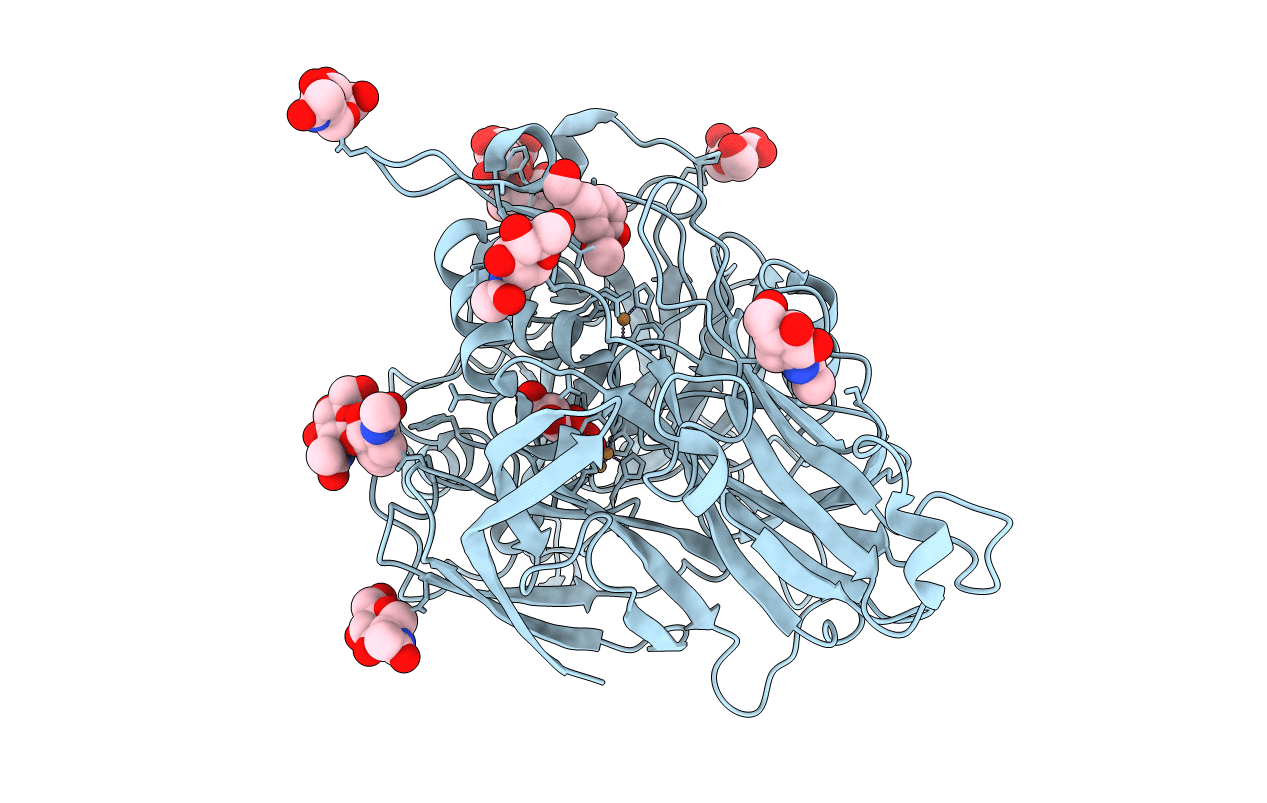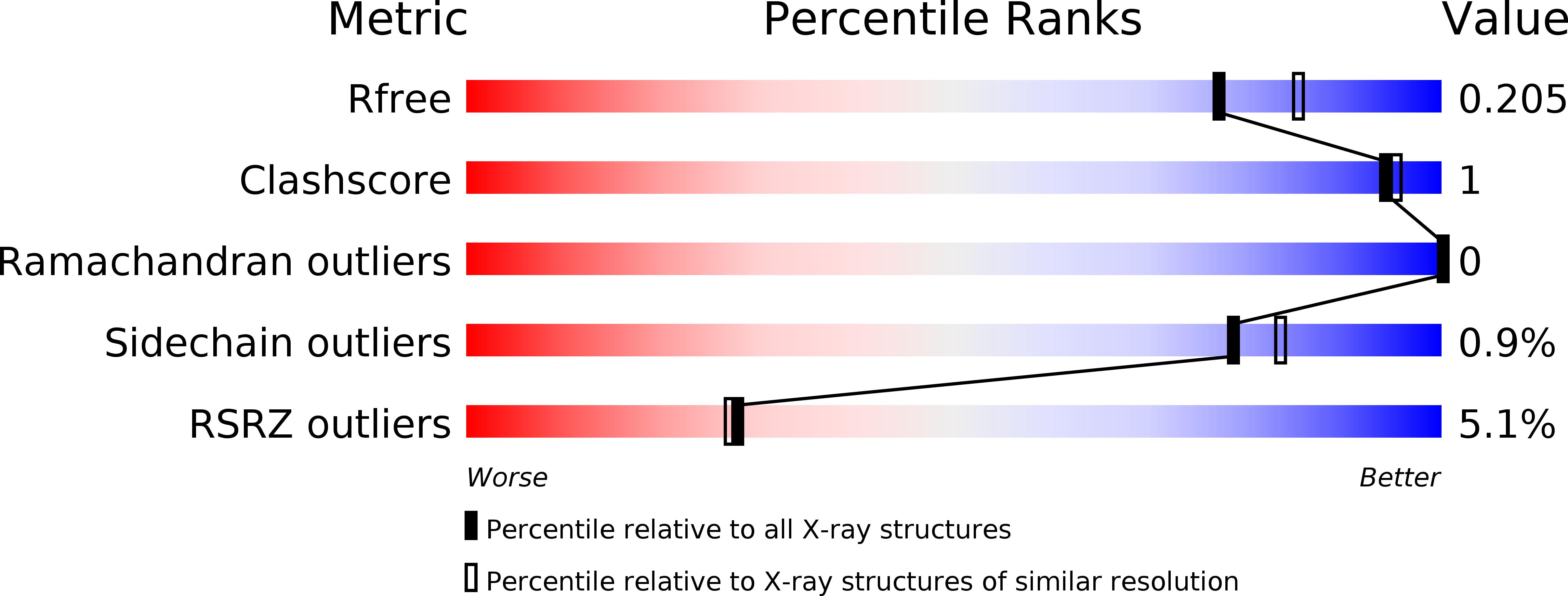
Deposition Date
2019-07-30
Release Date
2020-01-01
Last Version Date
2024-11-20
Entry Detail
PDB ID:
6KLJ
Keywords:
Title:
Crystal Structure of the Zea Mays laccase 3 complexed with coniferyl
Biological Source:
Host Organism:
Method Details:
Experimental Method:
Resolution:
2.00 Å
R-Value Free:
0.20
R-Value Work:
0.16
R-Value Observed:
0.16
Space Group:
P 61 2 2


